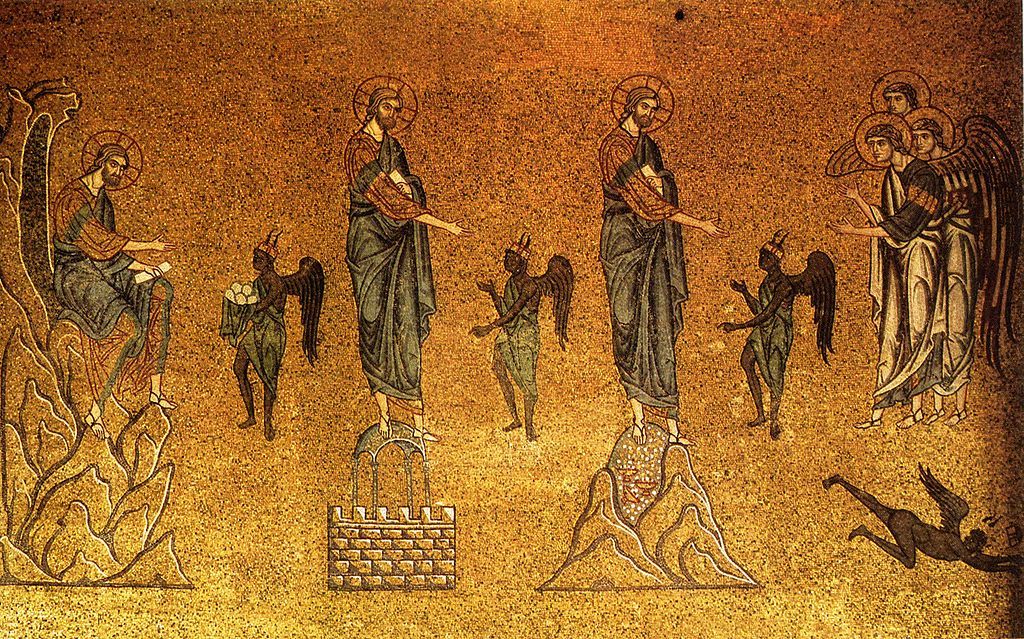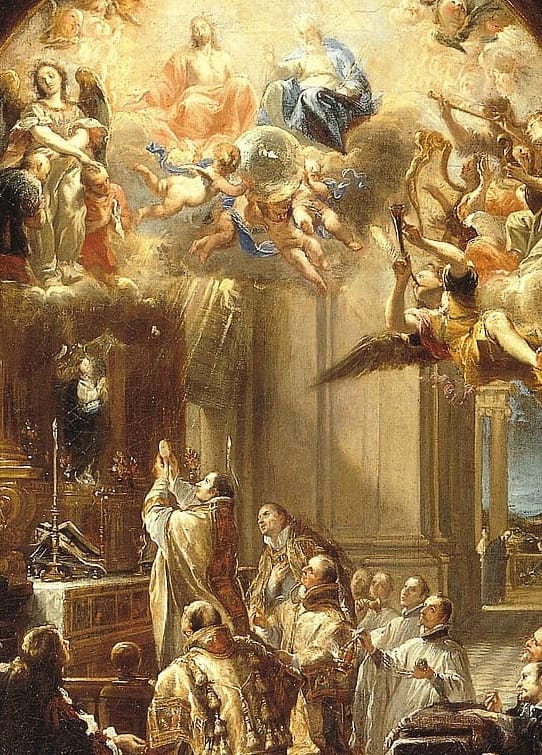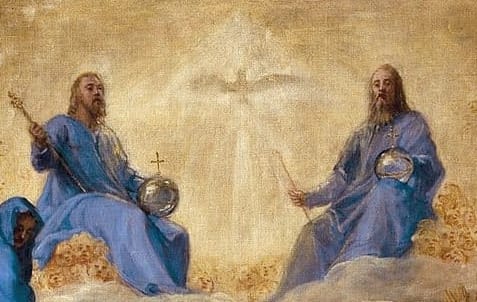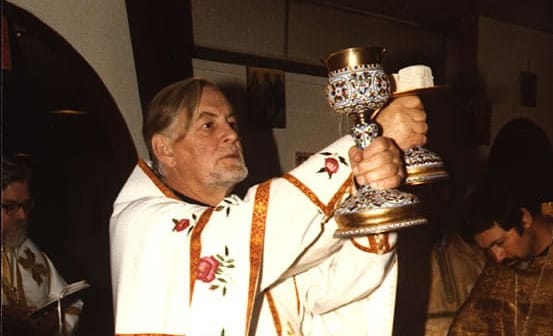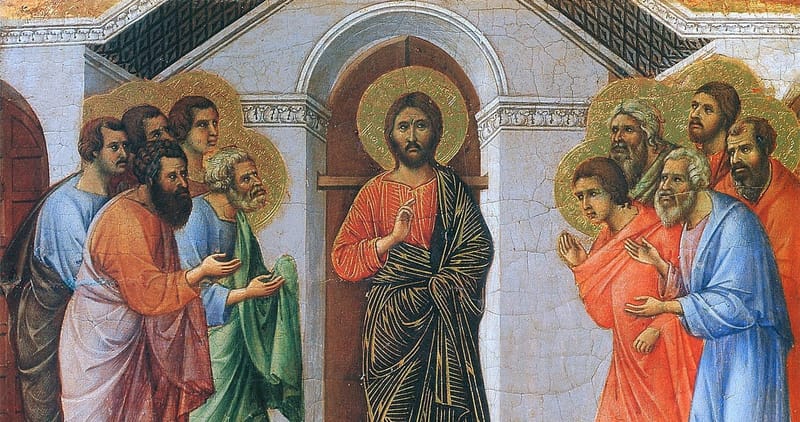From the editor’s desk
Now that we are in Lent, you may be looking for reading materials that can help you live this penitential season and prepare yourself for Easter. Here are five recommendations for this year.
- Jesus of Nazareth: From the Baptism in the Jordan to the Transfiguration
by Joseph Ratzinger/Pope Benedict XVI - Works and Almsgiving (De opere et eleemoysinis)
by St. Cyprian - Bible Basics for Catholics: A New Picture of Salvation History
by John Bergsma - The Art of Lent: A Painting a day from Ash Wednesday to Easter
by Sister Wendy Beckett - Allegri: Miserere (CD)
The Tallis Scholars directed by Peter Phillips
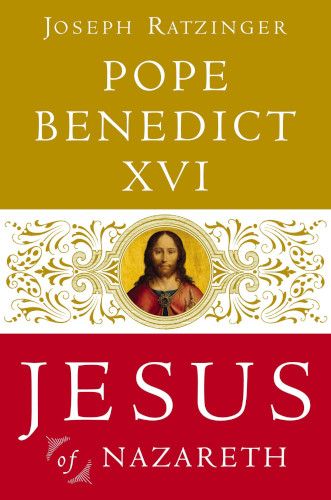
1.
Last year closed with the death of Pope Benedict XVI. It is fitting, therefore, to honour his memory and include one of his books. Perhaps the first volume of his Jesus of Nazareth triology is the one that makes the best Lenten reading.
Although it is not about Lent as such, many of its reflections on the Gospel fit in perfectly with this liturgical season.
It looks at several episodes from Our Lord’s life that feature prominently in the Lenten liturgy: the temptations in the wilderness (1st Sunday of Lent) the Transfiguration (2nd Sunday of Lent), the parable of the rich man and Lazarus (3rd Sunday, Cycle C), parable of the prodigal son (4th Sunday, Cycle C). Furthermore, it contains a commentary on the Our Father, the prayer that the Church hands on to the catechumens during Lent.
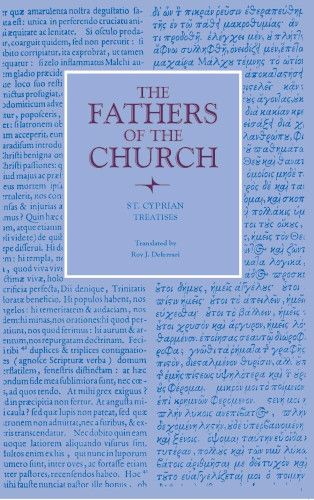
2.
The decade of the 250s was a trying time for the Christians of the Roman Empire. Decian had persecuted them from 250 until his death in 252. Furthermore, a plague swept through the Empire between 249 and 254. Historians call it the Plague of Cyprian because it was described by the bishop of Carthage in his On the Plague (De mortalitate). St. Cyprian also wrote his On Works and Almsgiving in response to the pandemic.
In this work, the bishop of Carthage urges the faithful to practice almsgiving generously in support of the many who had been left either destitute or impoverished by the plague. Through their alms, they will benefit not only those in need, but also themselves. They will benefit the needy materially; themselves, spiritually. Through alms, they do penance for the sins they have commit since their baptism and entreat his mercy for their children.
In the Gospel proclaimed at Mass on Ash Wednesday, Jesus urges us to perform the three works of penance: almsgiving, prayer, and fasting (Matthew 6:1-6; 16-18). St. Cyprian’s short treatise is a classic guide to the first of these.
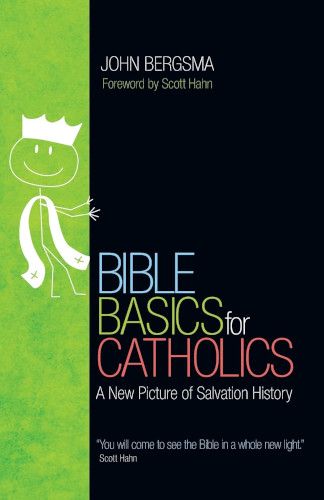
3.
Since the early Church, Lent has been the period of catechesis for adults awaiting baptism. A central component of the catechesis imparted by the Church Fathers was the narration (narratio) of the central events of salvation history. The Fathers explained the key moments of the Old Testament and how they were brought to fulfilment in Jesus.
Even if we have completed our initiation into the Church, it still does us good to refresh our catechesis and Lent is the most appropriate time to do so. If we want to study the narratio of salvation history, John Bergsma’s Bible Basics for Catholics is a fine resource.
It outlines the overarching story of the Bible. Bergsma explains how, in the Bible, God makes six covenants, each time on a mountain, with chosen individuals who mediate between him and mankind: Adam, Noah, Abraham, Moses, David, and Jesus. As the prophets foretell, the first five are directed towards the definitive Eucharistic Covenant established by Jesus. Bergsma’s book provides the same sort of biblical narratio as the Church Fathers but in a form that is more accessible to modern readers.
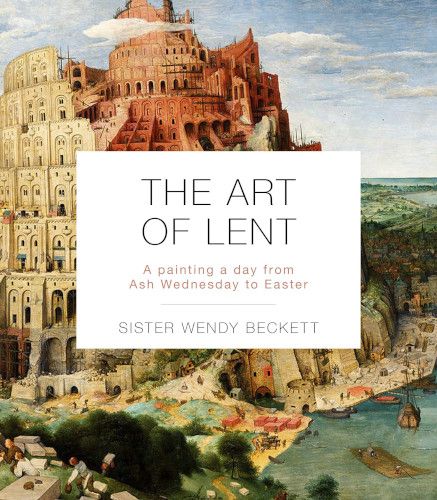
4.
Sister Wendy Beckett (1930-2018) became an unlikely TV star in the nineties. In a series of popular documentaries, she explained selected works of art.
A member of the Sisters of Notre Dame de Namur, a teaching order, she studied English Literature at Oxford and was invited to stay on as an academic by none other than J.R.R. Tolkien. Instead, she went to South Africa, teaching first in a girls’ school, then lecturing at the University of the Witwatersrand in Johannesburg.
In 1970, health-problems forced her to return to England. She obtained permission to become a consecrated virgin and hermit, residing on the grounds of the Quidenham Carmelite monastery. To earn her living, she began to write on art.
A TV crew came across her one day as she commented on an art exhibit, filmed her, and passed the footage onto a producer at the BBC, who then proposed that she make a documentary.
In The Art of Lent, Sister Wendy writes a short meditation for each day of Lent. Each meditation is based on a painting, reproduced alongside it. Most of the paintings selected are not works of sacred art. However, Sister Wendy reflects on them in the light of the Gospel and the great themes of Lent. She teaches the reader to look deeply at a piece of art on its own terms but also through the mysteries of faith. She thereby teaches us how to be contemplatives and look at all things in the light of Christ.
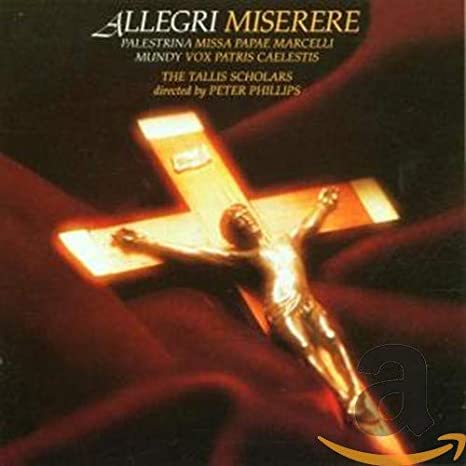
5.
Strictly speaking, this piece was composed for the Tenebrae services of Holy Week rather than for the early weeks of Lent. Still, Lent is a penitential season. That makes Gregorio Allegri’s setting of the principal penitential psalm, the Miserere, perfect music for Lent and meditation on Psalm 51 (50).
Allegri (c. 1582-1651) was a priest, composer, and singer in the choir of the Sistine Chapel. He wrote his celebrated setting of the Miserere around 1638 for the Tenebrae services of Holy Week: the matins and lauds of the last three days of Holy Week.
It is composed for a double choir. A five-voiced choir sings a simpler version; a four-voiced choir an ornamented one.
There are many fine recordings of Allegri’s Miserere. One such is that of The Tallis Scholars, an internationally acclaimed choir that specialises in early sacred music.

